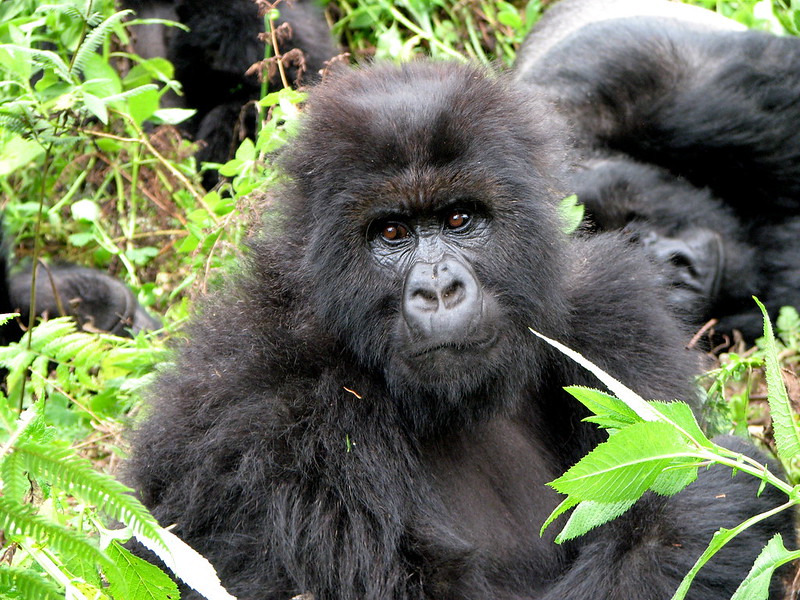Is Uganda a Safe country for tourists?
Is Uganda a Safe country for tourists? Uganda is generally considered safe for tourists, with millions of visitors enjoying its natural beauty, wildlife, and cultural heritage each year. However, like any destination, it’s essential for travelers to exercise caution and be aware of potential risks. Here are some key points to consider regarding safety in Uganda:
Political Stability:
Uganda has experienced periods of political instability in the past, but it has been relatively stable in recent years. However, political tensions can occasionally arise, particularly around elections or public demonstrations. Travelers who always ask whether Uganda a Safe country for tourists should stay informed about local developments and avoid political gatherings or protests.
Crime:
Petty crime, such as pickpocketing and theft, can occur in crowded areas, tourist sites, and public transportation. Travelers should take common-sense precautions, such as keeping valuables secure, avoiding displaying wealth, and being cautious at night. It’s also advisable to use reputable tour operators and guides.
Health Concerns:
Like many countries, Uganda has health risks that travelers should be aware of, including mosquito-borne diseases like malaria and dengue fever. It’s essential to take appropriate precautions, such as using insect repellent, sleeping under mosquito nets, and taking antimalarial medication as prescribed. Travelers should also be up-to-date on routine vaccinations and consider additional vaccinations based on their itinerary.

Wildlife Encounters:
Uganda is known for its diverse wildlife, including gorillas, chimpanzees, and other primates. While wildlife encounters are a highlight for many visitors, it’s important to follow park regulations and guidelines to ensure both your safety and the well-being of the animals. Always maintain a safe distance from wildlife and listen to the instructions of park rangers and guides.
1: Mountain Gorillas.
Mountain gorillas are a critically endangered species of great ape found in the forests of East Africa, including Uganda, Rwanda, and the Democratic Republic of the Congo (DRC). Uganda is home to approximately half of the world’s remaining mountain gorilla population, making it a premier destination for gorilla trekking and conservation efforts. Here’s a deeper look into mountain gorillas in Uganda:
Habitat and Distribution:
Mountain gorillas inhabit the dense montane forests of Virunga Massif, a chain of volcanic mountains straddling the borders of Uganda, Rwanda, and the DRC, as well as the Bwindi Impenetrable Forest in Uganda. These gorillas are adapted to living in high-altitude forests, where they primarily feed on vegetation, including leaves, stems, shoots, and fruits.
Population and Conservation Status:
The mountain gorilla is listed as critically endangered by the International Union for Conservation of Nature (IUCN) due to habitat loss, poaching, and human-wildlife conflict.
Despite ongoing threats, conservation efforts have led to a gradual increase in the mountain gorilla population in recent years. As of the latest census, there are believed to be over 1,000 mountain gorillas remaining in the wild, with approximately half of them living in Uganda.
Gorilla Trekking:
Gorilla trekking is a popular ecotourism activity in Uganda, offering visitors the opportunity to observe mountain gorillas in their natural habitat. The main gorilla trekking destinations in Uganda are Bwindi Impenetrable Forest National Park and Maghinga Gorilla National Park. Visitors embark on guided treks through the forest, led by experienced trackers and park rangers who locate gorilla families and ensure the safety of both the gorillas and visitors.
Gorilla trekking permits are required and should be obtained in advance, as a limited number of permits are issued each day to minimize human impact on the gorillas and their habitat.
Gorilla Families:
Mountain gorillas live in cohesive family groups led by a dominant silverback male, who is responsible for protecting the group and maintaining social order. Each group typically consists of several adult females, their offspring, and subordinate males. Uganda is home to multiple habituated gorilla families, which have undergone a gradual process of habituation to human presence. Habituated gorilla families are more accustomed to the presence of humans and allow for closer observation during gorilla trekking experiences.
Conservation Efforts:
Uganda has implemented various conservation initiatives aimed at protecting mountain gorillas and their habitat. These efforts include habitat restoration, anti-poaching patrols, community-based conservation projects, and sustainable tourism practices. Revenue generated from gorilla trekking permits contributes to conservation funding and supports local communities living near gorilla habitats, providing incentives for conservation and reducing human-wildlife conflict.
Trekking Experience:
The trek itself can vary in duration and intensity depending on the location of the chimpanzee group on any given day. Treks can range from a couple of hours to a full day of hiking through the forest. The terrain can be challenging, with muddy paths, steep slopes, and dense vegetation, so it’s essential to be physically fit and prepared for the hike.
Chimpanzee Habituation:
The chimpanzee groups that are visited by tourists have undergone a process called habituation, where they have gradually become accustomed to the presence of humans. The process can take several years and involves researchers and trackers spending extended periods near the chimpanzees until they no longer react aggressively to human presence.
Observation:
Once the chimpanzee group is located, visitors typically have an hour to observe and photograph them from a safe distance. Watching chimpanzees in their natural habitat is a truly unforgettable experience as you witness their social interactions, grooming rituals, feeding habits, and playful antics.
Guidelines and Regulations:
To ensure the safety of both visitors and chimpanzees, strict guidelines and regulations are in place during trekking. These include maintaining a safe distance from the chimpanzees, refraining from feeding or touching them, and following the instructions of the guides at all times.
Overall, chimpanzee trekking in Uganda offers a unique opportunity to connect with these remarkable creatures and gain insight into their complex social structures and behaviors, all while contributing to conservation efforts aimed at protecting their natural habitat.
Research and Monitoring:
Scientists and conservationists conduct ongoing research and monitoring of mountain gorilla populations to assess their health, behavior, and habitat requirements. This research informs conservation strategies and helps ensure the long-term survival of the species.
Efforts to mitigate threats such as poaching, habitat degradation, and disease transmission rely on scientific data and collaboration between government agencies, conservation organizations, and local communities.
Overall, mountain gorillas are a flagship species for conservation in Uganda, attracting tourists from around the world while also highlighting the importance of protecting their fragile habitat and ensuring the well-being of local communities. Gorilla trekking experiences in Uganda offer a unique opportunity to encounter these remarkable creatures up close while contributing to their conservation and the sustainable development of the region.
Road Safety:
Road conditions in Uganda can vary, and traffic accidents are a concern, particularly on rural roads. Travelers should exercise caution when driving or traveling by road, adhere to local traffic laws, and avoid traveling at night whenever possible. Consider using a reputable driver or tour company for long-distance travel.
Natural Disasters:
Uganda is prone to natural disasters such as flooding, landslides, and occasional outbreaks of diseases like Ebola. Travelers should stay informed about potential risks, follow advice from local authorities, and be prepared to adjust their plans if necessary.
Travel Advisories:
Before traveling to Uganda, it’s advisable to check travel advisories issued by your home country’s government or reputable international organizations. These advisories provide up-to-date information on safety and security conditions in specific areas and can help travelers make informed decisions about their trip. Overall, while Uganda is generally considered safe for tourists, it’s essential to be vigilant, exercise common sense, and stay informed about local conditions. By taking appropriate precautions and respecting local customs and regulations, travelers can enjoy a rewarding and memorable experience in the “Pearl of Africa.”

